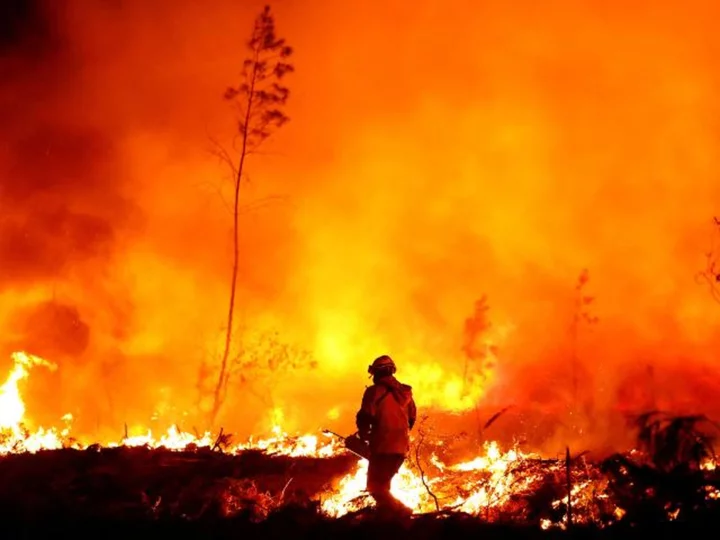The climate crisis is taking an enormous toll on Europe, which was ravaged by extreme heat, drought, wildfires and glacier melt last year, a new analysis has concluded.
A joint report by the World Meteorological Organization and the European Union's Copernicus Climate Change Service found that last summer was the hottest on record for Europe and caused more than 16,000 excess deaths, according to the report.
"Unfortunately, this cannot be considered a one-off occurrence or an oddity of the climate," said Carlo Buontempo, the director of the Copernicus Climate Change Service, in a statement. He added that current understanding of the climate system "informs us that these kinds of events are part of a pattern that will make heat stress extremes more frequent and more intense across the region."
Several countries, including the UK, Spain, Switzerland and Italy, saw their hottest years on record in 2022.
Europe is the fastest-warming continent in the world, according to the report, and has been warming twice as fast as the global average for the last four decades.
The continent was not only hot but also extremely dry, with big implications for agriculture and water supply. Many parts of the continent saw very low levels of precipitation last year, with France experiencing its driest January-to-September period on record. In Spain, water reserves plunged to just over 40% of capacity, the report found.
Persistent drought and high temperatures fueled intense wildfires. Europe experienced the second-largest burned area on record in 2022, the report found, with Central Europe and the Mediterranean, in particular, seeing large areas scorched by fire.
Glaciers in the European Alps had a bad year, experiencing a record loss of ice mass due to low snowfall, warm temperatures and Saharan dust, which makes glaciers darker, meaning they absorb more heat and melt faster.
And oceans were unusually warm, with average sea surface temperatures in the North Atlantic the hottest on record. Rates of warming in parts of the Mediterranean Sea, the Baltic and Black Seas, and the southern Arctic were more than three times the global average, the report found.
With the arrival of El Niño, a natural climate phenomenon with a global warming effect, many scientists are concerned 2023 could see even starker climate extremes.
But there are hopeful signs too. The report found that renewable energy generated more electricity than fossil gas for the first time ever last year, with wind and solar accounting for 22.3% of the EU's electricity, while fossil gas accounted for 20% and coal power for 16%.
"Increasing use of renewables and low-carbon energy sources is crucial to reduce dependence on fossil fuels," WMO Secretary-General Petteri Taalas said in a statement.









